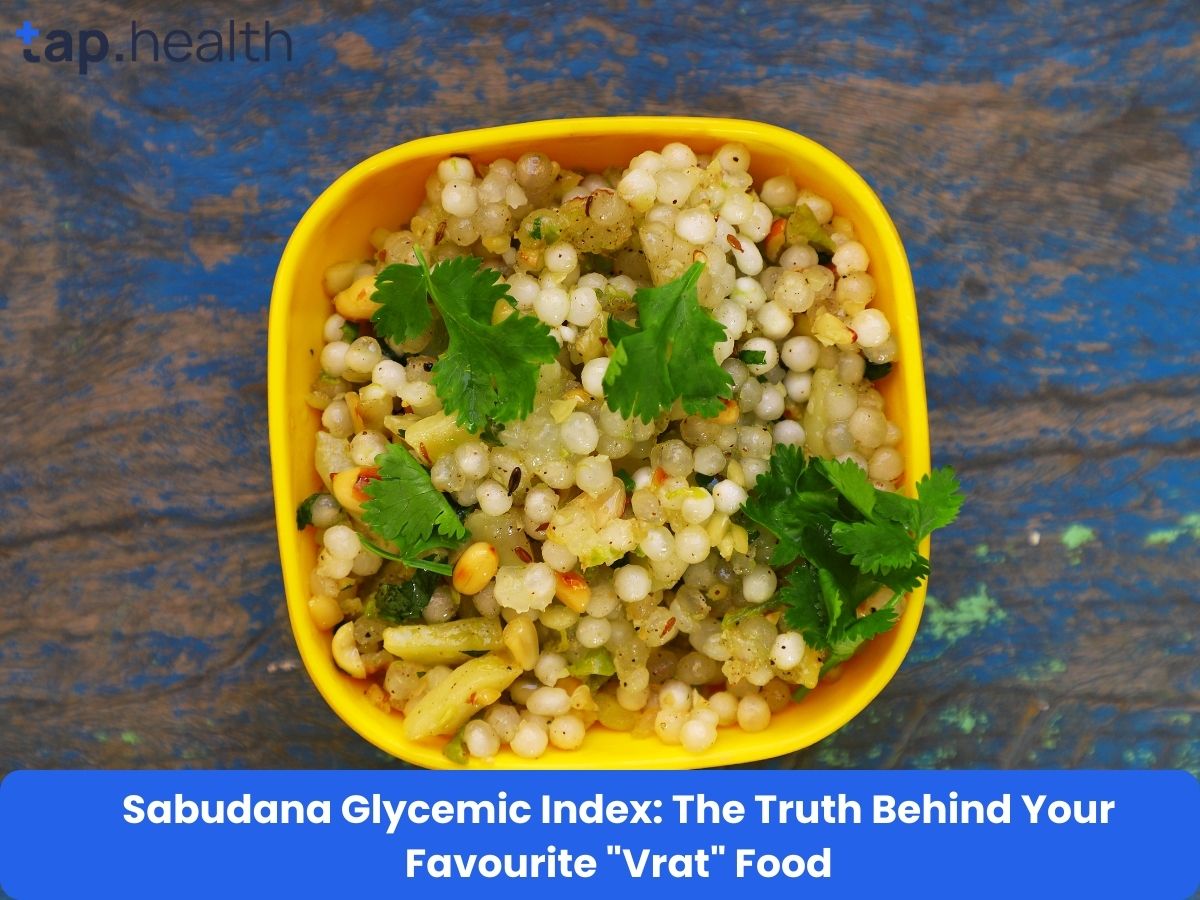Table of Contents
- Understanding Belly Fat and Diabetes Risk in Women
- Nutrition Strategies: Fueling Your Body for Diabetes Prevention
- Exercise and Weight Management: A Woman’s Guide
- Simple Lifestyle Changes for Effective Diabetes Prevention
- Conquering Belly Fat: Your Personalized Action Plan
- Frequently Asked Questions
- References
Are you a woman concerned about belly fat and its link to diabetes? You’re not alone! Many women struggle with this common health concern, but understanding the connection between abdominal fat and diabetes risk is the first step towards positive change. This blog post, Conquering Belly Fat: A Woman’s Guide to Diabetes Prevention, will provide practical, empowering strategies specifically tailored to women’s bodies and lifestyles. We’ll explore effective ways to reduce belly fat, improve insulin sensitivity, and ultimately lower your risk of developing type 2 diabetes. Let’s embark on this journey towards a healthier, happier you!
Understanding Belly Fat and Diabetes Risk in Women
Visceral fat, that stubborn belly fat deep within your abdomen, poses a significant threat to women’s health, particularly concerning diabetes. This isn’t just about aesthetics; it’s about significantly increasing your risk of developing type 2 diabetes. In fact, studies show a strong correlation between abdominal obesity and insulin resistance, a precursor to diabetes. This heightened risk is further emphasized by the fact that women with diabetes have a 40% higher risk of heart disease compared to men with diabetes. This underscores the critical need for proactive health management. For a deeper understanding of the connection between these two conditions, see our article on Understanding the Link Between Diabetes and Obesity.
The Unique Challenges for Women in Indian and Tropical Climates
Women in Indian and tropical countries often face unique challenges related to belly fat accumulation. Dietary habits, traditional cooking methods, and sometimes limited access to regular exercise can contribute to higher rates of obesity and related health issues like diabetes and heart disease. The prevalence of processed foods and sugary drinks further exacerbates this problem. Understanding these regional factors is crucial for developing effective strategies.
Combating Belly Fat and Diabetes Risk
Fortunately, there are actionable steps you can take. Prioritizing a balanced diet rich in fruits, vegetables, and whole grains is vital. Regular physical activity, even short bursts of exercise throughout the day, plays a significant role in improving insulin sensitivity and reducing abdominal fat. Making mindful food choices and incorporating regular exercise into your daily routine are crucial for lowering your diabetes risk. Consult a healthcare professional or a certified nutritionist for personalized guidance tailored to your individual needs and regional context. They can help you develop a plan that considers your lifestyle and cultural practices. It’s also important to be aware of the link between diabetes and other health complications, such as The Link Between Diabetes and Fatty Liver.
Nutrition Strategies: Fueling Your Body for Diabetes Prevention
Understanding the Link Between Belly Fat and Diabetes
Carrying excess weight, particularly around the abdomen, significantly increases your risk of developing Type 2 diabetes. This is because visceral fat (belly fat) is metabolically active, releasing substances that interfere with insulin function. Up to 80% of Type 2 diabetes cases can be delayed or prevented through lifestyle changes, according to research. This highlights the crucial role of nutrition in managing your weight and preventing diabetes. For more on managing the condition itself, check out our guide on 10 Proven Tips for Effective Diabetes Management.
Prioritizing Whole Foods in Your Diet
For women in Indian and tropical countries, focusing on a diet rich in whole, unprocessed foods is paramount. This means incorporating plenty of fresh fruits and vegetables abundant in these regions – mangoes, papaya, leafy greens, and seasonal vegetables. Prioritize complex carbohydrates like brown rice, millets (like ragi and bajra), and whole wheat over refined grains. These foods provide sustained energy and help regulate blood sugar levels.
Managing Portion Sizes and Sugar Intake
While enjoying the diverse culinary landscape of India and other tropical regions, it’s crucial to be mindful of portion sizes and added sugar. Many traditional sweets and desserts are high in sugar, contributing to weight gain and increasing diabetes risk. Opt for smaller portions and choose healthier alternatives when possible. Replacing sugary drinks with water, unsweetened tea, or coconut water is a simple yet effective strategy.
Incorporating Regional Superfoods
Many readily available foods in these regions offer excellent health benefits. Incorporate spices like turmeric and cinnamon, known for their anti-inflammatory properties and potential to improve insulin sensitivity. Legumes like lentils and chickpeas are excellent sources of fiber and protein, promoting satiety and healthy weight management. Remember, consistent healthy eating habits are key to preventing diabetes. It’s also important to consider the impact of diabetes on your heart health; learn more with our article on Protect Your Heart from Diabetes: 5 Essential Steps. Consult a nutritionist or healthcare professional for personalized dietary advice tailored to your specific needs and regional context.
Exercise and Weight Management: A Woman’s Guide
Conquering belly fat is crucial for women in India and tropical countries, particularly concerning diabetes prevention. The alarming statistic that 61% of people with diabetes are aged between 20-64 years, as highlighted by the International Diabetes Federation, underscores the urgency for proactive health management. This is especially pertinent given the high prevalence of diabetes within these younger age groups in our region.
Combating Belly Fat Through Exercise
Regular physical activity is paramount. Focus on exercises that boost metabolism and reduce visceral fat, the dangerous type that accumulates around organs. Consider incorporating activities like brisk walking, yoga, or Zumba, all easily accessible and culturally relevant in many Indian and tropical communities. Even small changes, like taking the stairs instead of the elevator or cycling short distances, can make a significant difference.
Effective Weight Management Strategies
Weight management goes hand-in-hand with exercise. Focus on a balanced diet rich in fruits, vegetables, and whole grains, common and affordable staples in many Indian and tropical cuisines. Limit processed foods, sugary drinks, and refined carbohydrates. Small, frequent meals can help regulate blood sugar levels, preventing those dangerous spikes associated with diabetes. Consult a nutritionist or healthcare professional for personalized dietary advice tailored to your specific needs and cultural preferences. For more information on effective dieting strategies, check out our guide on How to Lose Weight Fast Without Exercise: Diet Plan.
Personalized Approach for Lasting Results
Remember, consistency is key. Start small, setting achievable goals to avoid discouragement. Find an exercise routine and a diet you enjoy to ensure long-term adherence. Seeking support from family, friends, or community groups can provide motivation and accountability. Taking control of your health now is an investment in a healthier, happier future. Consult a doctor or healthcare professional to develop a personalized plan for diabetes prevention. While this guide focuses on exercise, remember that weight loss strategies encompass various factors.
Simple Lifestyle Changes for Effective Diabetes Prevention
Did you know that daily consumption of sugary beverages raises your risk of developing diabetes by a staggering 26%? This alarming statistic highlights the urgent need for women in India and tropical countries to prioritize diabetes prevention. Fortunately, making simple lifestyle changes can significantly reduce your risk.
Prioritizing a Balanced Diet
Focus on incorporating whole grains, fresh fruits and vegetables, and lean proteins into your daily diet. Reduce your intake of processed foods, sugary drinks, and refined carbohydrates. Consider traditional Indian cooking methods that emphasize fresh spices and minimize added sugar and oil. This dietary shift is crucial, particularly in regions where readily available sugary drinks and processed foods are prevalent.
The Importance of Regular Physical Activity
Regular exercise is vital for managing weight and improving insulin sensitivity, both key factors in diabetes prevention. Aim for at least 30 minutes of moderate-intensity activity most days of the week. This could involve brisk walking, yoga, or any activity that suits your lifestyle and preferences. Even incorporating short bursts of activity throughout the day can make a difference.
Managing Stress and Prioritizing Sleep
Stress and lack of sleep can negatively impact blood sugar levels, increasing your risk of developing diabetes. Incorporate stress-reducing techniques such as meditation, deep breathing exercises, or spending time in nature. Aim for 7-8 hours of quality sleep each night. These seemingly small changes can significantly impact your overall health and well-being.
Regular Health Check-ups
Regular check-ups with your doctor are essential for early detection and management of any health issues, including prediabetes. Early intervention is key to preventing the onset of type 2 diabetes. Discuss your lifestyle choices and concerns with your healthcare provider to develop a personalized prevention plan tailored to your specific needs. Taking proactive steps towards a healthier lifestyle is the most effective strategy for preventing diabetes and maintaining long-term well-being. If you’ve already been diagnosed, learning 5 Easy Lifestyle Changes to Manage Type 2 Diabetes can be incredibly beneficial. Furthermore, understanding how to prevent long-term complications of diabetes is crucial for maintaining your health.
Conquering Belly Fat: Your Personalized Action Plan
Belly fat isn’t just a cosmetic concern — it’s a major risk factor for type 2 diabetes, a disease that costs the global economy nearly $760 billion each year. For women in India and tropical countries, addressing belly fat is especially important because of unique dietary patterns, warm climates, and lifestyle habits that can make weight management challenging. This personalized action plan focuses on realistic, sustainable steps to reduce belly fat and lower your diabetes risk.
🥗 Dietary Adjustments for Tropical Climates
Nutrition plays the most crucial role in belly fat reduction and diabetes prevention. In tropical regions, you have access to fresh, nutrient-rich foods that can naturally support your health.
1. Focus on Whole, Natural Foods
-
Choose whole grains, fruits, vegetables, and legumes that are widely available in your region.
-
Replace refined carbs like white rice, maida (refined flour), and white bread with brown rice, millets (bajra, jowar, ragi), and whole-grain chapatis.
2. Limit Processed and Sugary Foods
-
Reduce packaged snacks, deep-fried foods, and sugar-laden beverages like soft drinks or sweetened juices.
-
Instead, opt for natural hydration such as coconut water or infused water with lemon and mint.
3. Spice It Up for Better Health
-
Include turmeric and ginger in your meals — both have strong anti-inflammatory and metabolism-boosting properties.
-
Add cinnamon and fenugreek seeds for better blood sugar balance.
4. Stay Hydrated
-
Tropical climates increase fluid loss through sweat. Aim for 8–10 glasses of water daily to keep your metabolism active and digestion smooth.
🧘 Lifestyle Changes for Effective Weight Management
Reducing belly fat requires consistency — not drastic measures. Build habits that fit your lifestyle and climate.
1. Get Moving
-
Engage in 150 minutes of moderate exercise per week, as recommended by health experts.
-
Try morning or evening walks, yoga, cycling, or swimming — all great choices for hot weather.
-
Include strength training twice a week to build lean muscle, which helps burn more fat.
2. Prioritize Sleep
-
Poor sleep disrupts hormones that regulate hunger and metabolism.
-
Aim for 7–8 hours of quality sleep each night. A consistent bedtime routine makes a huge difference.
3. Manage Stress Wisely
-
Chronic stress increases cortisol, a hormone that promotes belly fat storage.
-
Practice meditation, deep breathing, journaling, or light stretching to reduce stress levels.
👩⚕️ Seeking Professional Guidance
If you’re serious about managing belly fat and preventing diabetes, it’s important to get personalized support.
1. Consult Experts
-
Talk to a registered dietitian or healthcare professional who understands your specific needs, local diet, and cultural preferences.
-
They can create a customized meal and fitness plan that aligns with your lifestyle and available resources.
2. Monitor Your Progress
-
Track your waist circumference, weight, and blood sugar levels regularly.
-
Celebrate small wins — consistency is far more effective than extreme short-term efforts.
Remember, long-term lifestyle changes are the key to lasting results. Quick fixes may show temporary progress but often lead to rebound weight gain.
💪 Take Charge of Your Health Today
Conquering belly fat isn’t just about appearance — it’s about protecting your heart, managing blood sugar, and improving overall well-being. By combining mindful eating, regular exercise, and professional guidance, you can achieve steady, sustainable progress.
Start today — small, consistent actions lead to lifelong health transformations.
Frequently Asked Questions on Conquering Belly Fat
Q1. What is the biggest risk factor for type 2 diabetes in women, especially in tropical climates like India?
Excessive belly fat, particularly visceral fat, significantly increases the risk of type 2 diabetes in women, especially in regions like India with certain dietary habits, cooking methods and lifestyle factors.
Q2. How can I reduce my risk of developing type 2 diabetes related to belly fat?
A balanced diet with whole grains, fruits, vegetables, and legumes, while limiting processed foods and sugary drinks is crucial. Regular physical activity, stress management, sufficient sleep, and regular health check-ups are also important.
Q3. What kind of diet and exercise are most effective for reducing belly fat?
Focus on a diet rich in whole grains, fruits, vegetables, and legumes, and limit processed foods and sugary drinks. Regular physical activity, even short bursts throughout the day, helps improve insulin sensitivity and reduce abdominal fat.
Q4. Are there any specific challenges women in India and tropical climates face in preventing belly fat and type 2 diabetes?
Dietary habits, cooking methods, and limited access to exercise in these regions often contribute to higher rates of obesity and related cardiovascular problems. Cultural context should be considered when making lifestyle changes.
Q5. Where can I get personalized guidance to help me manage my belly fat and reduce my risk of type 2 diabetes?
It’s recommended to seek personalized guidance from healthcare professionals and nutritionists who can consider your individual needs and cultural context to develop sustainable lifestyle changes.
References
- A Practical Guide to Integrated Type 2 Diabetes Care: https://www.hse.ie/eng/services/list/2/primarycare/east-coast-diabetes-service/management-of-type-2-diabetes/diabetes-and-pregnancy/icgp-guide-to-integrated-type-2.pdf
- Your Guide to Diabetes: Type 1 and Type 2: https://www.niddk.nih.gov/-/media/Files/Diabetes/YourGuide2Diabetes_508.pdf



